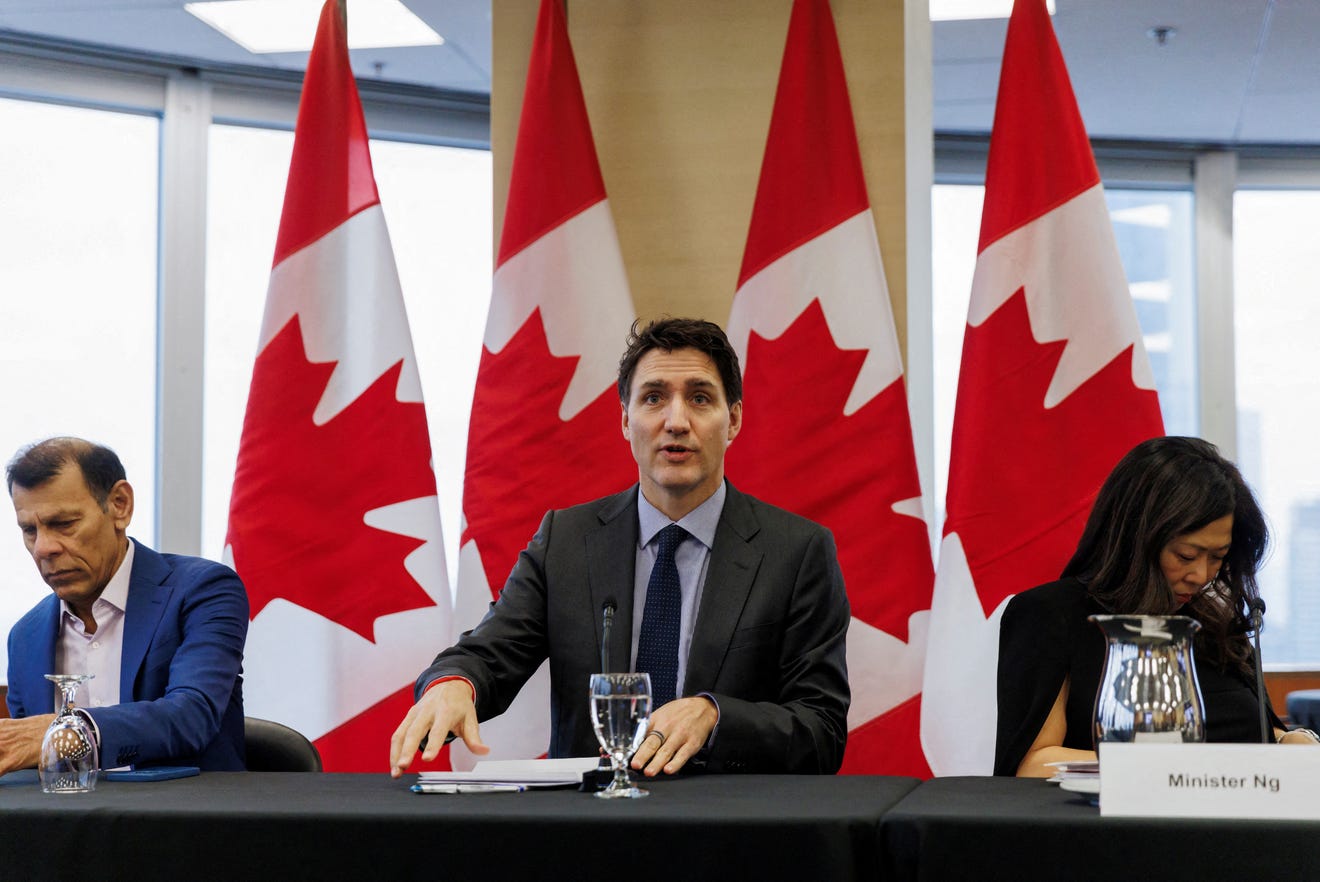Trump's Trade War: A 10% Tariff Baseline And The Search For Exceptions

Table of Contents
The 10% Tariff Baseline: A Foundation of Controversy
The announcement of a 10% tariff on various imported goods marked a significant escalation in Trump's protectionist trade policies. The administration cited the need to protect American industries and address what it perceived as unfair trade practices by other nations as the primary justification. This move was not subtle; it was a bold attempt to renegotiate global trade agreements and rebalance the scales in favor of the United States.
- Specific examples of goods initially subjected to the 10% tariff: This included a wide array of products, from steel and aluminum to consumer electronics and machinery, impacting numerous sectors of the economy.
- Economic arguments presented by the Trump administration to justify the tariffs: The administration argued that these tariffs would encourage domestic production, create jobs, and reduce the US trade deficit. They pointed to specific industries allegedly harmed by foreign competition.
- Initial reactions from other countries and global markets: The initial response was swift and largely negative. Many countries imposed retaliatory tariffs, leading to a tit-for-tat escalation that disrupted global supply chains and increased prices for consumers worldwide. Global market uncertainty increased dramatically.
The Search for Exceptions: Navigating the Complex Process
Businesses and industries significantly impacted by the 10% tariffs could apply for exclusions. This process, however, proved to be far from straightforward. Applicants had to demonstrate that the imposed tariffs caused them significant economic harm and that there was no viable domestic alternative. The criteria for evaluation were often opaque and subjective, leaving many businesses feeling frustrated and uncertain about their chances of success.
- Examples of successful and unsuccessful exemption applications: Some companies, particularly those representing strategically important sectors or those with strong lobbying power, managed to secure exemptions. Others, often smaller businesses lacking the resources to navigate the complex bureaucratic process, were unsuccessful.
- The bureaucratic hurdles and challenges faced by applicants: The application process was notoriously complex, requiring detailed documentation, economic analysis, and extensive legal expertise. Many businesses found the process costly and time-consuming.
- The political considerations influencing the exemption process: The decisions regarding tariff exemptions were not solely based on economic factors. Political considerations, including lobbying efforts and the perceived importance of particular industries, played a significant role.
Economic Impacts and Global Repercussions
The 10% tariff baseline, and the subsequent retaliatory tariffs imposed by other countries, had a measurable impact on the global economy. While the Trump administration argued that the tariffs would benefit American industries, the reality was far more nuanced and often negative.
- Data on inflation and price increases related to the tariffs: Studies showed that the tariffs led to increased prices for consumers, reducing purchasing power and contributing to inflation.
- Studies on the impact on specific industries affected by the tariffs: Some industries experienced significant job losses and reduced output as a result of the tariffs and retaliatory measures.
- Analysis of the retaliatory tariffs imposed by other countries: The retaliatory tariffs imposed by countries like China, the EU, and Canada further disrupted global trade flows and added to the overall economic uncertainty.
The Long-Term Effects of Trump's Trade Policies
Trump's trade war, initiated with the 10% tariff baseline, has left a lasting legacy on global trade relations and economic stability. The long-term effects continue to unfold, with some industries still struggling to recover from the disruption.
- Discussion of the lasting impacts on specific industries: Certain sectors, particularly those heavily reliant on imported goods or those facing strong foreign competition, suffered disproportionately.
- Analysis of the shifts in global trade patterns: The trade war accelerated a trend toward regionalization of trade, with countries seeking to diversify their supply chains and reduce reliance on specific trading partners.
- Comparison with previous trade disputes and their long-term consequences: The Trump administration's approach differed significantly from previous trade disputes, often eschewing multilateral negotiations in favor of unilateral actions, leading to more protracted and unpredictable outcomes.
Conclusion
Trump's trade war, anchored by the initial 10% tariff baseline and the ensuing battle for exceptions, represents a significant chapter in recent economic history. The complexities of obtaining exemptions, the retaliatory actions of other nations, and the ensuing economic uncertainty highlight the far-reaching consequences of protectionist trade policies. Understanding the impact of the 10% tariffs and the broader implications of Trump's trade war requires careful consideration of the economic, political, and geopolitical factors at play. Learn more about Trump's trade war and its enduring impact by exploring resources on trade disputes and tariff exemption strategies. Understand the impact of the 10% tariffs and how they continue to shape global trade today.

Featured Posts
-
 Strengthening The Eu Response To Us Tariffs A French Ministers Perspective
May 10, 2025
Strengthening The Eu Response To Us Tariffs A French Ministers Perspective
May 10, 2025 -
 Public Display Of Fake Fentanyl By Attorney General Reactions And Concerns
May 10, 2025
Public Display Of Fake Fentanyl By Attorney General Reactions And Concerns
May 10, 2025 -
 Whats App Spyware Litigation Metas 168 Million Penalty And Ongoing Challenges
May 10, 2025
Whats App Spyware Litigation Metas 168 Million Penalty And Ongoing Challenges
May 10, 2025 -
 London Spotting Harry Styles And His Seventies Stache
May 10, 2025
London Spotting Harry Styles And His Seventies Stache
May 10, 2025 -
 The Impact Of Canada China Relations On Canola Trade
May 10, 2025
The Impact Of Canada China Relations On Canola Trade
May 10, 2025
